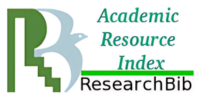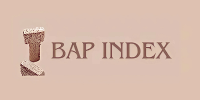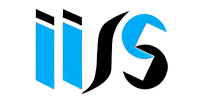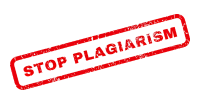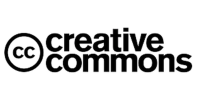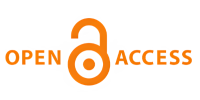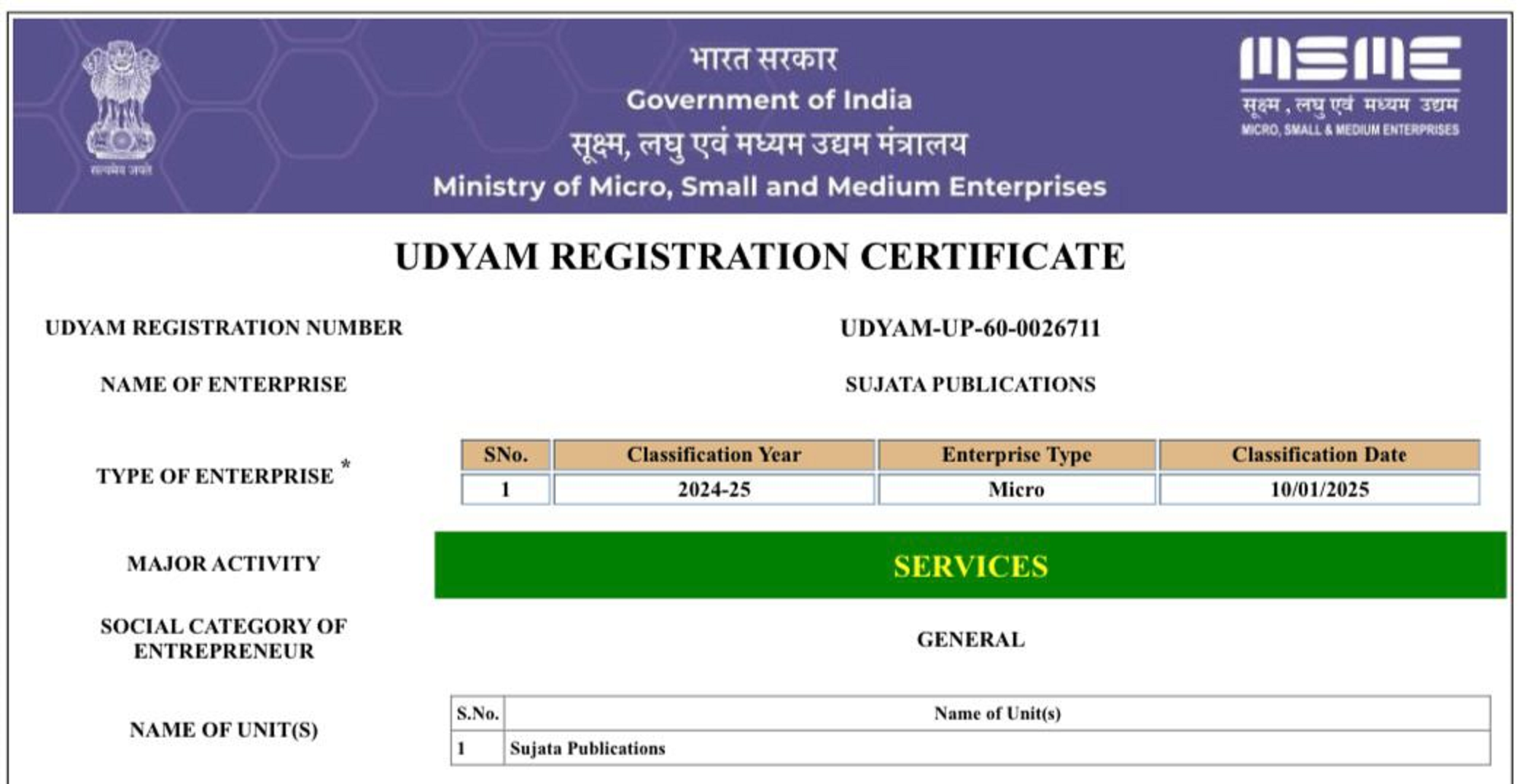A Guide to Herbal Medicines Available for Bipolar Symptoms: A Comprehensive Review
DOI:
https://doi.org/10.62896/ijpdd.2.5.07Keywords:
neuroprotection, adaptogens, mood stabilizers, GABA, antioxidants, bipolar disorder, herbal medicine, phytotherapyAbstract
Background: Because of their neuroprotective, mood-stabilizing, and anxiolytic qualities, herbal medicines have drawn more attention as an adjunctive or alternative treatment for the symptoms of bipolar disorder (BD). A thorough assessment of their mechanisms, effectiveness, and safety is still lacking despite growing interest. Objective: This review classifies 75 herbal medicines by biological sources, families, and pharmacological mechanisms to synthesize the evidence regarding their potential benefits for BD-related symptoms (such as mania, depression, and anxiety). Methods: The Cochrane Library, PubMed, and Scopus were used to perform a thorough literature search (2000–2023). Preclinical or clinical research demonstrating neuroactive effects, such as GABA modulation, antioxidant, or anti-inflammatory activity, was used to choose the herbs. To highlight therapeutic targets and mechanisms of action (MOA), data were tabulated. Results: Adaptogens like Withania somnifera and Rhodiola rosea may lessen mood dysregulation brought on by stress. GABAergic herbs that exhibit anxiolytic effects include Passiflora incarnata and Valeriana officinalis. Because of the possibility of interactions, dopaminergic and serotonergic modulators, such as Mucuna pruriens and Hypericum perforatum, should be used with caution. Herbs that reduce inflammation, like Boswellia serrata and Curcuma longa, may help with neuroprogression. Conclusions: Herbal remedies provide a variety of ways to manage the symptoms of BD. To determine efficacy, safety, and dosage, however, thorough clinical trials are necessary. Researchers and clinicians navigating integrative approaches to BD can use this review as a guide.
Downloads
Published
Issue
Section
License
Copyright (c) 2025 Sujata Publications

This work is licensed under a Creative Commons Attribution-NonCommercial 4.0 International License.



